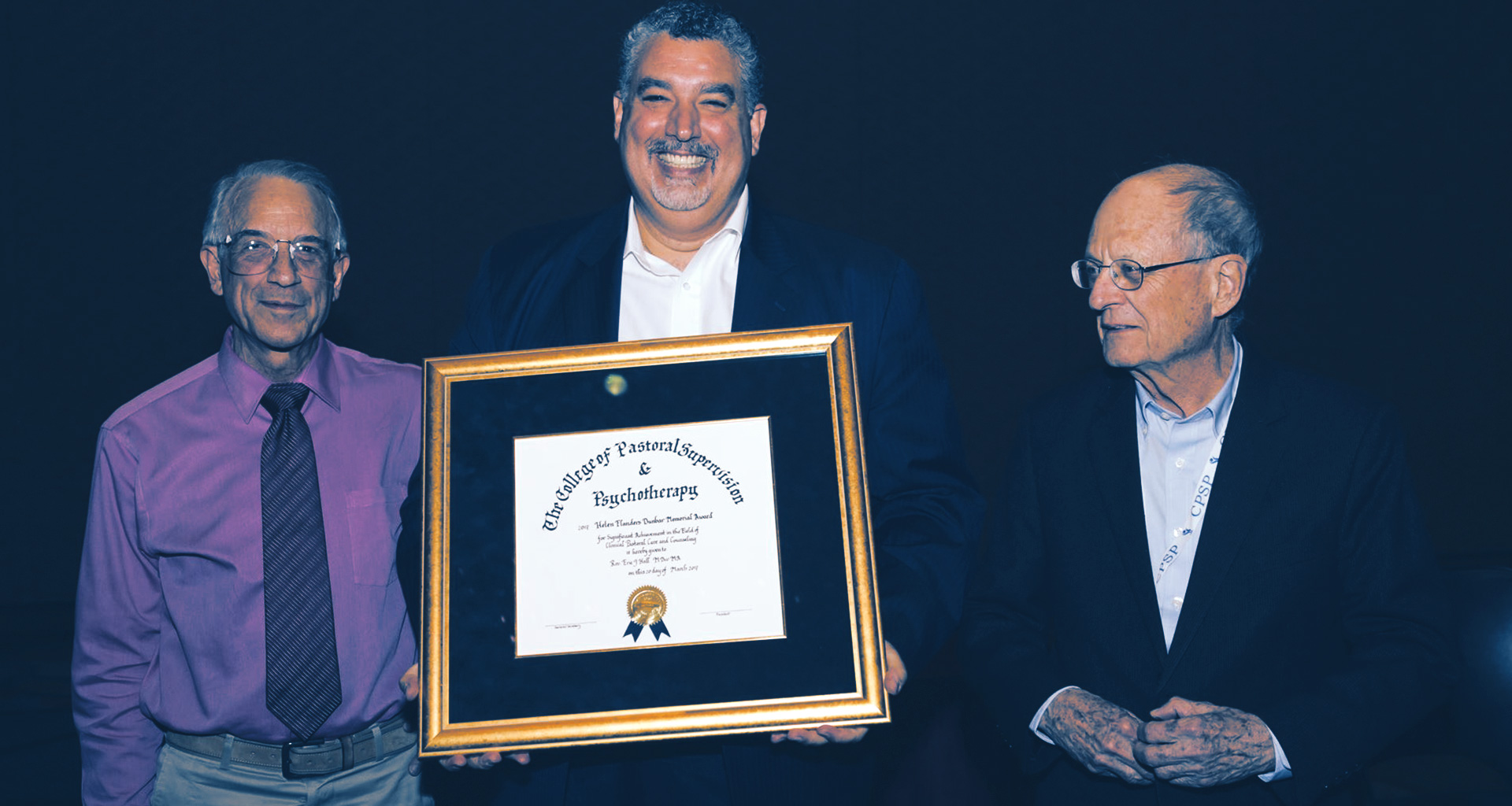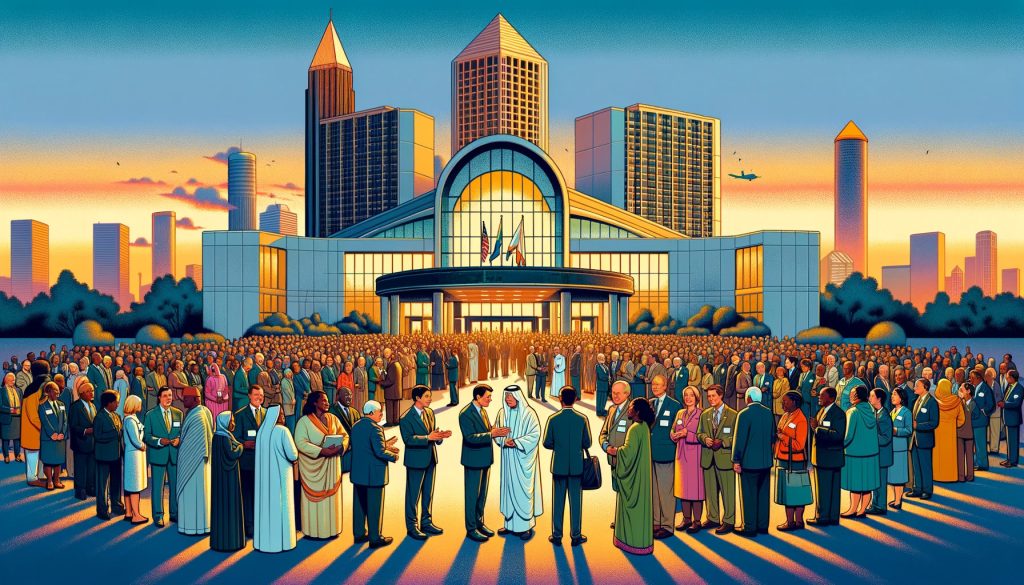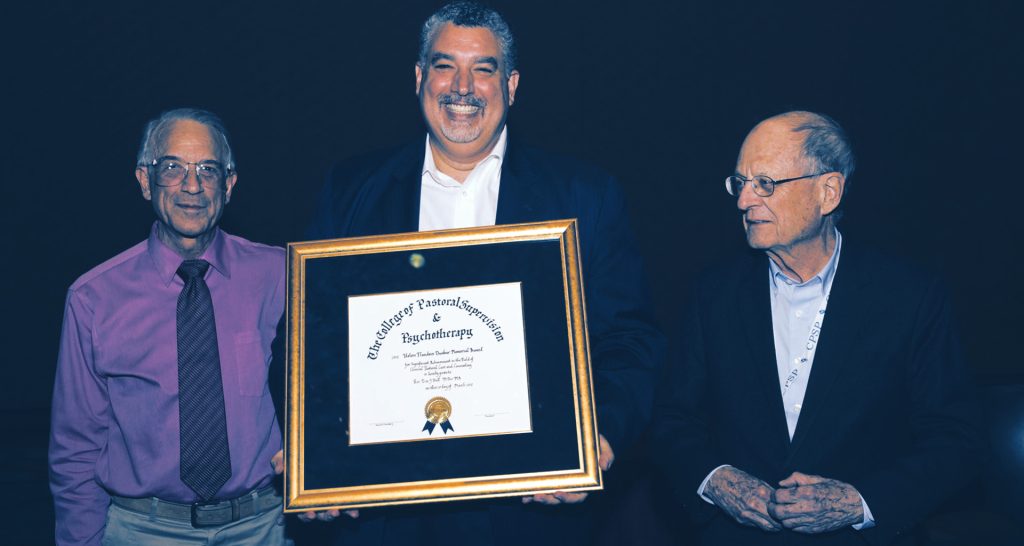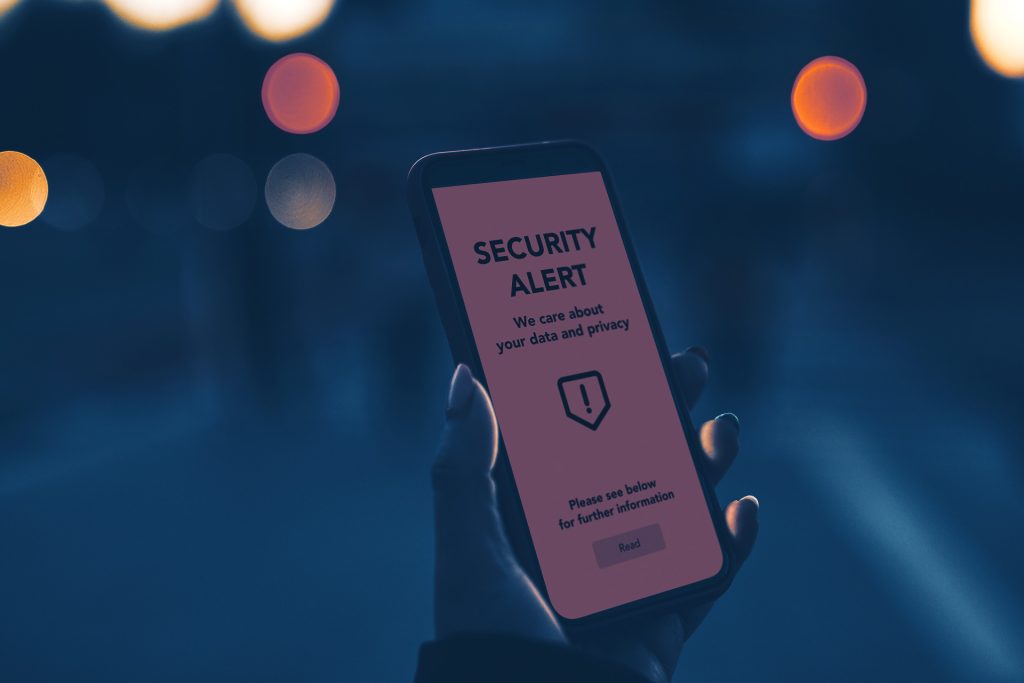

Post Categories
Recent Jobs

Each structured effort within
the clinical pastoral tradition has sought to
respond intelligently and wisely to
the perceived needs of an historic period.
One may suggest that
pastoral care in any age can be
described as
a response both to
the anxiety paramount in that period,
and simultaneously to
the pastors’ own very real anxiety. 1
It may be fair to say that clinical pastoral chaplaincy has been “under siege” for at least five years – maybe longer. When I spoke over a two-day period in Malibu in 2012, I also was listening. 2
The “anxiety paramount in that period” already concerned a disintegrating health care system. The “pastors’ own very real anxiety” already concerned their being asked to minister in a manner nourishing to those who were suffering, bewildered, or vulnerable – while feeling emotionally malnourished themselves.
Ninety years earlier, as the movement for a professional chaplaincy was just getting off the ground, Anton Theophilus Boisen and [Helen] Flanders Dunbar sensed that something had been amiss. Many pastors and many physicians were feeling rather ineffective. They had felt useful addressing the severe crises of the First World War and of acute disease, but they were feeling useless addressing the more mundane problems of religion and of medicine.
The Thirties, Forties, Fifties, and Sixties were exciting times during which both those who were ministering and those who were being ministered to felt they were getting something out of the interaction. The clinical pastoral movement – and its corollary psychosomatic view – emphasized an ideal and hopefully real connection in the midst of the healing process. “Healing and Wholeness” concerned both parties in the relationship. Transference and counter-transference were meaningful notions because the suffering, bewildered, or vulnerable persons were considered as impacting their healers as much as their healers were impacting them.
The Seventies weren’t too bad – but by the Eighties it was becoming clear that “things were falling apart” – that “the center could not hold”. 3 The centrality of the relationship was being squeezed out of the picture. The Nineties, on the theological side, saw the rise of The College of Pastoral Supervision and Psychotherapy – as a “back to Boisen” – “back to Dunbar” movement. “Recovery of soul” was viewed as a goal for both sides of the clinical pastoral relationship.
Those in CPSP have championed as ideal the notion that “persons are always more important than institutions”. Those in CPSP have acknowledged as real – whether they have wanted to or not – the rather impersonal world in which we now seem to live. During the two-day seminar in Malibu five years ago, I heard clinical pastoral chaplains struggling to provide care and counseling – for which they were not paid – over and above and around the filling out of computer check-lists – for which they were paid. Chaplains were trying to hang onto their own souls as they tried to help the suffering, bewildered, and vulnerable to do the same.
Over the past five years, CPSP, as an organization, has re-created itself – one piece at a time. It survives and thrives – for now. The question is: “What happens after ‘now’?”
After Boisen’s and Dunbar’s writings in the Thirties, Forties, and Fifties, there was no one wanting – voluntarily – to go back to an earlier view of care, counseling, and therapy. Boisen and Dunbar – both outsiders – made an ideal real. They took the field of healing and wholeness to a place it never before had been. The question is: “How do we take meaningful healing relationships into the next decades?”
Let’s be blunt. A clear answer about professional chaplaincy’s long-term future has not arisen from within.
In 1975 I asked, at length, “Questions from the Past (on the Future of Clinical Pastoral Education)”. 4
In 1999 I asked, at length, “Whatever Happened to ‘CPE’ – Clinical Pastoral Education?” 5
Ten years ago I pondered how a clinical pastoral chaplain might “function as a knowledgeable professional AND retain one’s soul”. 6
In 2012 I asked “What about Pastoral Supervision of the Field of Clinical Pastoral Chaplaincy?” 7
Almost exactly one year ago there wandered onto the scene someone who seems to have considered similar questions. Boisen and Dunbar – as outsiders – productively shook up the world of healing and wholeness. Thirty years ago, a band of insiders became outsiders – principled renegades – putting together what became CPSP.
A new outsider now has tried to discern the essence – the commonality – of what the various clinical pastoral organizations have been trying to accomplish. This new outsider has tried to see and to hear “in between the lines” – toward positioning the field for the future – toward repositioning the ideal vis-à-vis the real.
No, we do not know how all this is going to turn out. Yes, we do know that the clinical pastoral community has needed – and still needs – assistance – and encouragement – in discovering – and inventing – the needed changes.
On this 90th anniversary of Dunbar’s graduation from theological seminary – and on this 30th anniversary of the first inkling that a CPSP was about to be formed – please join me in welcoming the newest outsider into our ranks – the 16th recipient of The Helen Flanders Dunbar Award for Significant Contributions to Clinical Pastoral Training, Eric J. Hall.
Endnotes:
1. These comments are a paraphrase of p.41, note 150, from Robert Charles Powell, 1975, C.P.E. [Clinical Pastoral Education]: Fifty Years of Learning, through Supervised Encounter with “Living Human Documents.” booklet, 32pp. New York: Association for Clinical Pastoral Education, 1975; the initial print run was for 10,000 copies; reviewed in J. Pastoral Care 36(4): 210, 1982; reprinted, 1987; translated into Spanish, 2009, by Chaplain [Maria] Magdalena Garcia [Orozco], at the request of Chaplain [Romulo] Esteban Montilla as Clinical Pastoral Education (CPE): Cincuenta Años de Aprendizaje: A través del Encuentro Supervisado con Documentos Humanos Vivos; revised edition prepared, 2014; (specifically cited in Marty, Martin E., ed. The Writing of American Religious History. Ridgewood, NJ & Munich: K. G. Saur, 1992; p.266, [“In 1975, on CPE’s 50th anniversary, a flurry of retrospective articles appeared. Several were written by historians who had been commissioned for the occasion, including Robert C. Powell, a psychiatrist and historian. Powell’s dissertation on psychosomatic medicine {Healing and Wholeness …} contains much material about both {Anton} Boisen and {Helen} Flanders Dunbar.”]) (per WorldCat.org, JUL-15, 25 libraries hold copies of the booklet) [appears to be the most cited Powell booklet]
2. The “Malibu Lectures” (2012, National Clinical Training Seminar – West) were presented again (only slightly condensed), at the “Chicago Boisen Conference” (2015, CPSP Plenary). Not yet published, the two lectures were titled, “Anton Theophilus Boisen (1987-1965), Clinician. I. Assessment: Persistent and Provocative ‘Co-operative Inquiry’: Empathic and Enlightening ‘Exploration of the Inner World’; II. Therapy: Patient and Creative ‘Co-operative Interpretation’: ‘Thinking and Feeling Strongly Together about Things that Matter Most’.”
3. These comments are a paraphrase of the famous third line of William Butler Yeats’ poem, “The Second Coming” (1919); the entire memorable third and fourth lines are, “Things fall apart; the centre cannot hold; Mere anarchy is loosed upon the world …”.
4. “Questions from the Past (on the Future of Clinical Pastoral Education)” invited keynote address, presented before the “50th Anniversary of Clinical Pastoral Education” conference, Association for Clinical Pastoral Education, Minneapolis, 16-19 October 1975. 1975 [ACPE] Conference Proceedings: 1-21, 1976; the initial print run was for 10,000 copies; revised edition prepared, 2013.
5. “Whatever Happened to ‘CPE’ – Clinical Pastoral Education?” keynote address honoring Anton Theophilus Boisen”; delivered March 1999, at the Plenary Meeting of The College of Pastoral Supervision & Psychotherapy, Virginia Beach, VA. on the internet at
http://www.cpspdirectory.org/pastoralreportarticles/3778818 ; revised edition prepared, 2014.
6. “How to Function as a Knowledgeable Professional AND Retain One’s Soul”; delivered March 2007, at the Plenary Meeting of The College for Pastoral Supervision & Psychotherapy, Raleigh, NC. on the internet [under “Robert Powell, MD, PhD”] at http://video.google.com & at http://www.cpspdirectory.org/pastoralreportarticles/3778904 .
7. “What about Pastoral Supervision of the Field of Clinical Pastoral Chaplaincy?”; delivered March 2012, at the Plenary Meeting of The College of Pastoral Supervision & Psychotherapy, Pittsburgh, PA. on the internet at http://www.cpspdirectory.org/pastoralreportarticles/3779013 .
Recent Posts

-
- Posted by Site Admini

-
- Posted by Site Admini

-
- Posted by Site Admini

-
- Posted by Site Admini

-
- Posted by Site Admini

-
- Posted by Site Admini





